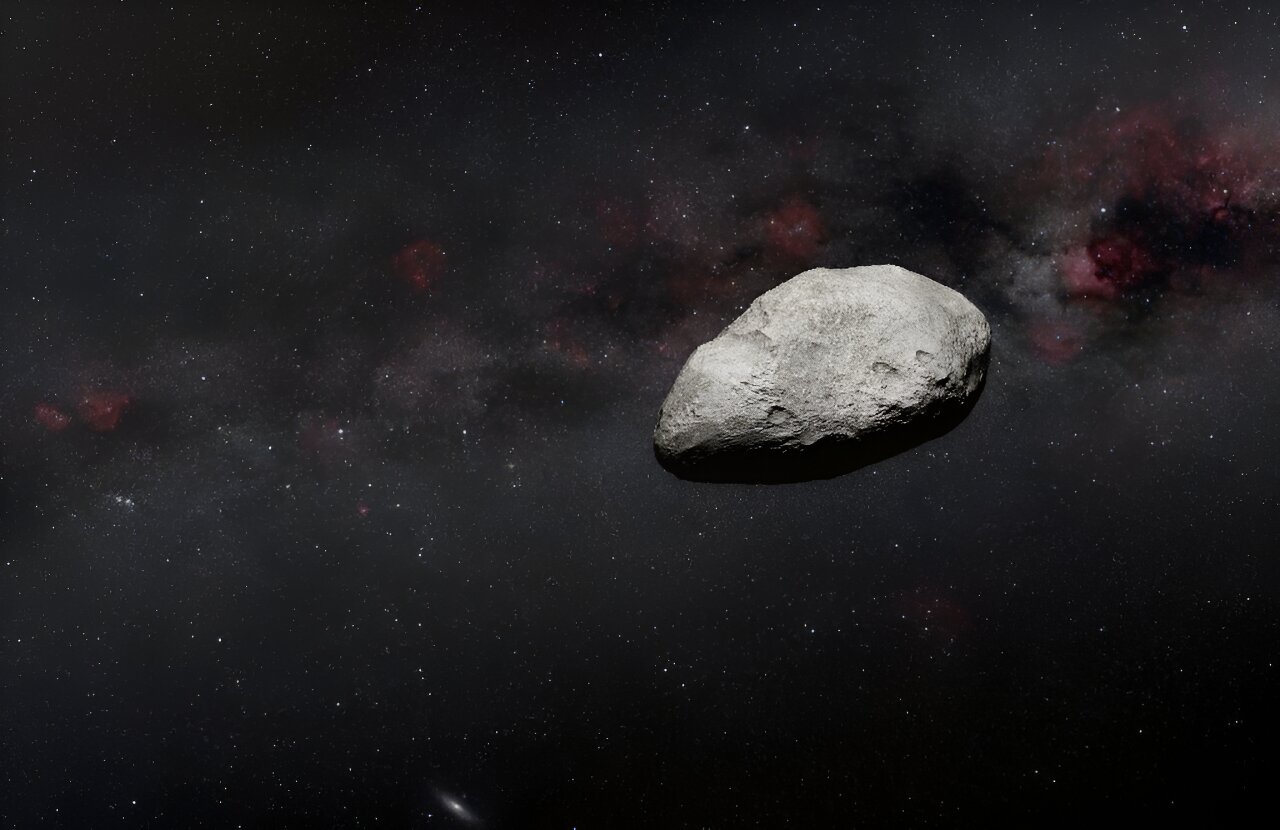Scientists have returned to the idea of deflecting a dangerous asteroid from the Earth with the help of an atomic bomb. Recent experiments have shown that it is quite realistic to achieve this solely through concentrated radiation. Scientists believe this method is particularly well suited to dealing with really big “space rocks”.

Atomic bomb or kinetic impact?
A study published this week in the journal Nature Physics updates the debate around how exactly humanity can best divert dangerous asteroids away from Earth. Everyone agrees that it should be done, because no one wants to repeat the fate of the dinosaurs. But there is no general agreement on how to do it.
In the 1990s, the main method of achieving this was considered the nuclear explosion or a series of them. This is not surprising, since these weapons are the most powerful force in the human arsenal. But it was already realized then that this way had many shortcomings, including the fact that, in the absence of air, the only propagating factor in a nuclear explosion is radiation.
Its density drops very quickly as it moves away from the epicenter, therefore, for effective operation, charges should be placed directly on the surface of the space rock, or rather under it, approximately as the heroes of the movie “Armageddon” did.
However, it also shows how bad this method is. An expedition with live people laying charges would be incredibly expensive and complicated. And this greatly prolongs the time of its preparation, and promptly reacting to the danger will not be possible.
Kinetic impact and new experiments
For this reason, kinetic impact was considered as the main way to prevent asteroid collision with the Earth already in the XXI century. Instead of complex manipulations with atomic bombs, why not just accelerate a large enough and heavy spacecraft and push it into an asteroid, knocking it off course?
The embodiment of this idea was NASA’s DART experiment, realized in 2022. Then the orbit of asteroid Dimorphos was actually effectively deflected. However, this method also has its disadvantages. It works effectively only with relatively small “rocks”.
Therefore, scientists decided to once again test the possibility of using a nuclear explosion near an asteroid. To do this, they used one of the most powerful X-ray units in the world at the National Laboratory in Albuquerque. It was able to create an extremely powerful X-ray flare, very similar to a miniature nuclear one.
Its target was a pebble just 12 millimeters in diameter. Power of 80 trillion watts was concentrated on it. As a result of the test, some of the material of the “asteroid” vaporized, while the rest acquired a speed of 250 km/h.
New projects to deflect asteroids away from Earth
Of course, the experiments were conducted on objects much smaller than actual asteroids. However, they allowed us to estimate how effective the concentration of hard radiation in vacuum is. It was significant enough to be seriously considered as a means of moving the asteroid off its dangerous trajectory.
True, this would require atomic bombs to be detonated only a few kilometers from the rock. However, compared to dipping them beneath its surface is an incredible advancement, as it greatly simplifies a possible mission to it.
The researchers note that the most effective use of nuclear charges will be against particularly large rocks. On the one hand, their approach can be calculated in advance, but on the other hand, other methods don’t work well against large asteroids.
According to phys.org


